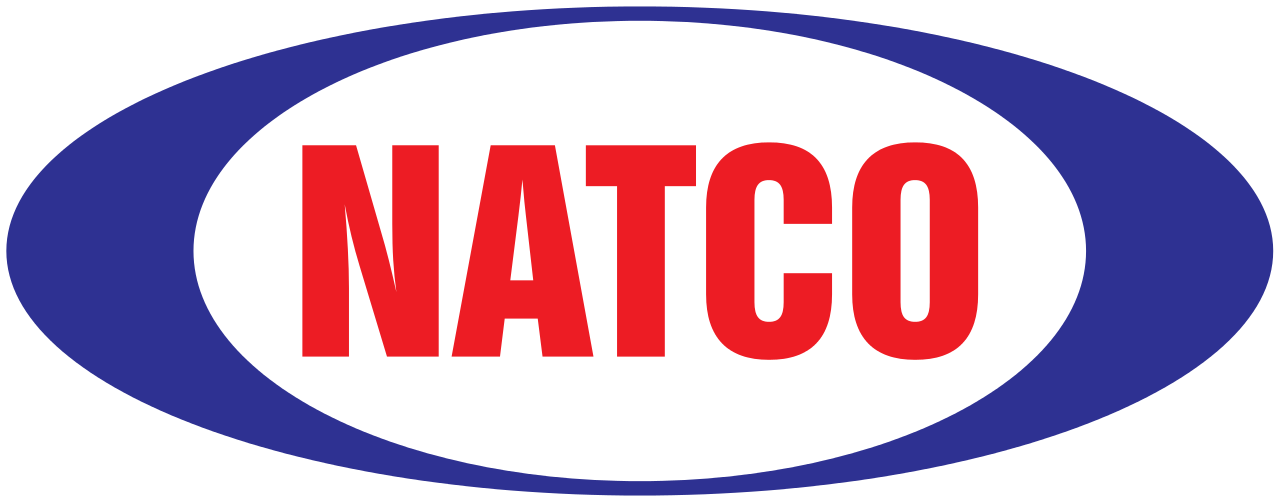
Patients who have exhausted their other treatment options and do not meet clinical trial admission requirements have access to named patient supply medications until they are approved by governments around the world. These named patient supplies, which are also clustered under the labels of compassionate use, extended access, or named patient supply, are regulated by laws that differ by region, specifying access requirements, data collection, promotion, and drug delivery regulation.
Patients can receive medications in late-stage clinical trials or accepted in other countries for a real, unmet medical need by these services before they are authorized in their home country.
PATIENT SUPPLY PROCESS
In most nations, any patient (the Named Patient) who is suffering from a life-threatening, long-term, or severely disabling disease has the ability to access, acquire, and import potentially life-saving or quality-of-life medicines. However, in every country there are different rules and regulations for innovative drug imports. To import such medicines, each country must follow its own regulations.
After being consulted, our customer service team works with the patient to ensure that they have first discussed their treatments available with their medical practitioner and have a prescription for the medication they require. Our job is to oversee the entire procedure after that time on.
When we receive a prescription from a patient, we must first ensure that we are legally able to supply them with the medication they require. If this is the case, we collaborate with the pharmacy to ensure that all prescription and patient information is valid. We next send the information to our sourcing manager, who contacts our recommended trusted suppliers to see which one can fill the order the fastest, safest, and for the least cost.
Medicines for local or international shipping are prepared by the pharmacy. At the moment, our logistics manager arranges for the transport of a local pharmacy in the home town from the pharmacy into the patient’s door or pick up point. Since we are fully dependent for shipping this part of the journey, our logistics manager should draw on its wide network and many years of expertise to expedite medicines as safely, securely and without hassles. It co-ordinates all the necessary medical evidence and import documentation to ensure precision and timeliness.
Each application form for each ordered medicine must be filled out by the patient.
Although a patient cannot request an unregistered medicinal substance directly, a doctor, dentist, pharmacist, or healthcare institution has the authority to do so and is referred to as the Requester.
In one application, a maximum of two requests for the same product and application type (Named-patient or Buffer-stock) are accepted.
The Requester must fill out each application form completely and sign it.
NAMED PATIENT MEDICINE SUPPLY
Patients that need a drug that is not readily available in their region can present a challenge for healthcare providers. It’s possible that the medication isn’t legal in their country, that it’s been discontinued, or that it’s just out of stock. Doctors and pharmacists must rapidly identify and dispense patient-specific, difficult-to-find drugs in these cases (often referred to as called patient medicines). We have the expertise and ability to quickly and efficiently procure these named patient medications from all over the world and deliver them to patients in the patient access network who need them a group of patients.
We are well-positioned to serve healthcare providers around the world because we have access to multinational commercial databases and in-house bespoke IT programs, as well as close links to one of the industry’s leading pharmaceutical supply chains. Pharmaceutical firms also contact us asking for an existing organization to coordinate named patient program supply for their drugs because of the international credibility we have gained for Named Patient Medicine supply. Each collaboration is handled on an individual basis, whether it’s enforcing a Managed Patient Access Program or handling cross-border logistics for individual patients.










